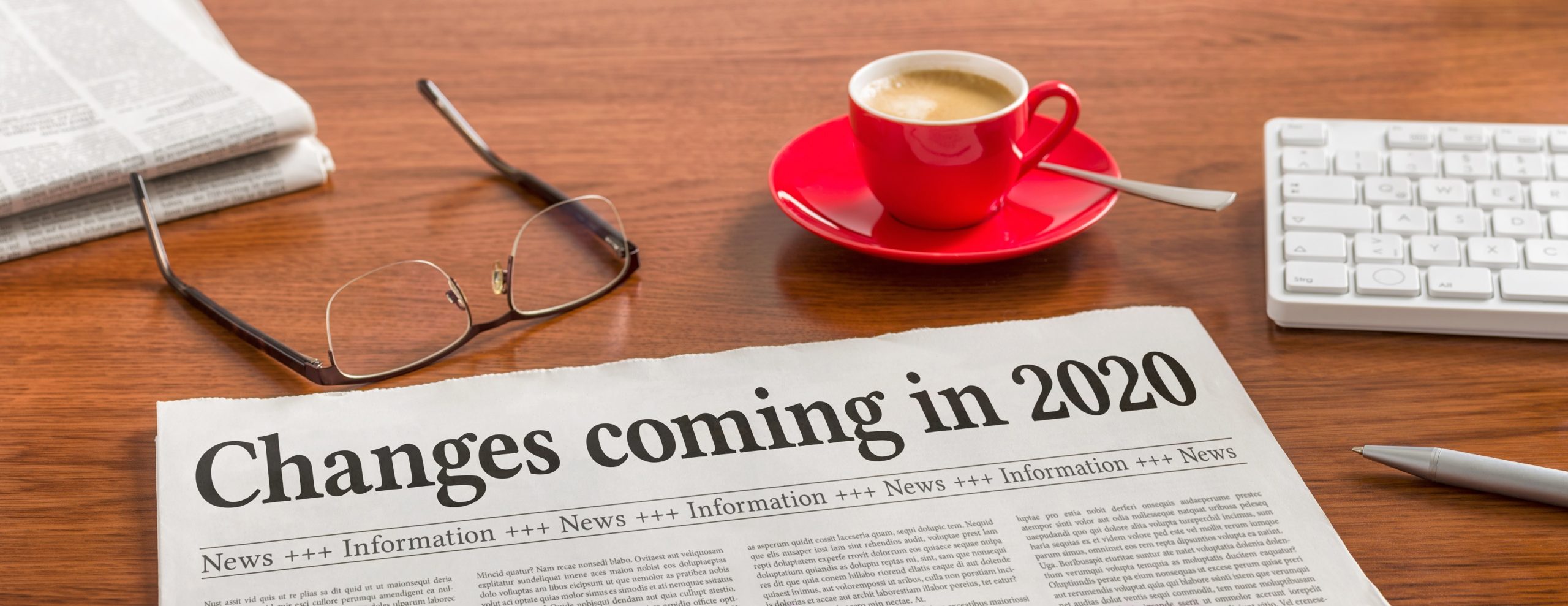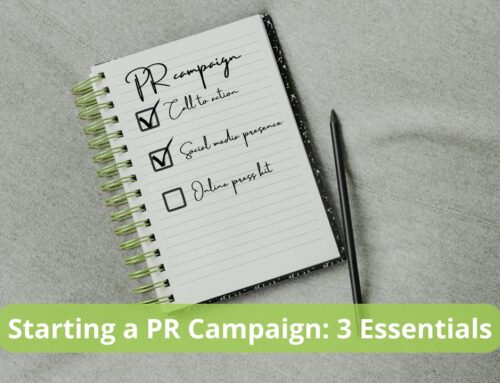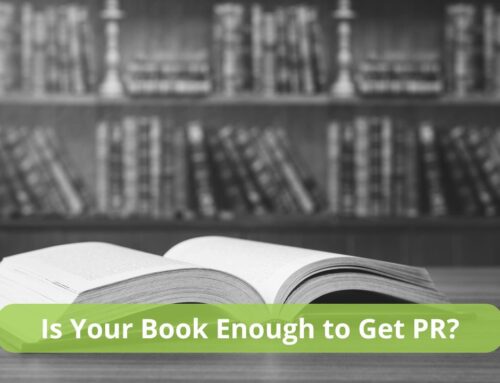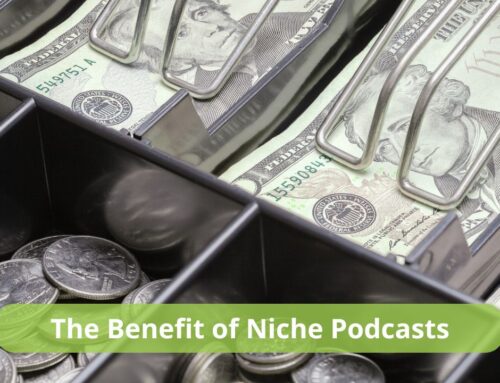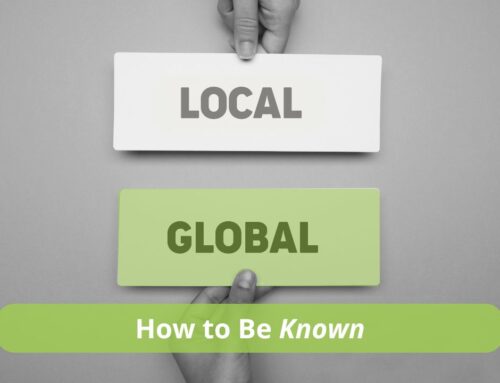“The PR game has changed and that’s why I’m coming to you.” That’s what our client said to me on the phone last September. He’s right: technology has changed PR. When I learned how to do PR campaigns thirty years ago, one TV appearance was like tipping a full bucket over, splashing sales of a book, product, or service all over the place. Today, one TV placement is barely a drop of water in that bucket. Now that I have some time to write (thanks, coronavirus pandemic!), let’s explore how the PR game has changed and how you can win at getting some for yourself.
I assert that though technology has changed, PR has actually changed very little. I hope that in years to come — if I have anything to say about it — it will change a lot more. That’s because the stories we consume, consume us. I’ll say more about this as we explore more in this blog.
Speaking of COVID-19 and droplets of water (from sneezing? No, COVID-19 is no laughing matter), I’ve been at a loss about how to exercise while maintaining my social distance. My mom, who is 83 years old, is now living with me, so I certainly want to minimize my exposure to any flu-like symptoms, coronavirus, or the common cold. I’ve stopped teaching my Spinning classes at the gym and replaced them with #WalkingLive. (Hopefully, you get the #WalkingDead pun and it cracks a smile on your face.) With #WalkingLive, I go for a 1-3 mile hike in my backyard or in a nearby park and stream live to my family, friends, and social media networks.To educate and entertain these communities during the walks, I create a topic. This morning we talked about water. I explained hydration and also shared fun whitewater kayaking stories from my dating days. Now, to illustrate how the PR game has changed, let’s take a look at how a publicist would publicize such a program today versus thirty years ago.

Today, I immediately secured a URL: www.WalkingLiveAMile.com, and then live-streamed on both YouTube and Facebook. Then I reposted all the videos on Instagram, LinkedIn, and Twitter. I texted my contacts at CNN and also tagged them on Facebook since they broadcast yesterday they were seeking stories about how coronavirus has affected everyday life. Thirty years ago, mail would have been sent to a newspaper after calling them for permission. Maybe a press release would have been faxed to tease the mailer. For sure, the public would not be reading about the exercise opportunity for weeks, if not months. Today, the news cycle is instant. Newsrooms are cycling every 24 hours. Even long-lead press, like national glossy magazines, routinely change their focus at the last minute. Right now in March, they’re undoubtedly planning back-to-school topics for August and September. However, due to the pandemic, they’ll have to edit the copy to reflect rapidly changing conversations.

So, how do you play the PR game today when conversations are changing every 24 hours? It’s really the same as it’s ever been. Focus on what drives the culture having the conversations, not the conversation itself nor the delivery methods. In other words, focus on the culture driving behavior, not the behavior itself. Let me illustrate it. The “father” of PR, Edward Louis Bernays, who was also the nephew to Sigmund Freud, wrote the book “Propaganda.”
This quote summarizes Bernays’s contribution to PR: “The conscious and intelligent manipulation of the organized habits and opinions of the masses is an important element in democratic society. Those who manipulate this unseen mechanism of society constitute an invisible government which is the true ruling power of our country … we are governed, our minds are molded, our tastes formed, our ideas suggested, largely by men we have never heard of.”
See, the PR game hasn’t changed. Macro conversations count. Micro conversations don’t (as much). Many people read or hear something and take it for a fact, never questioning the source. A case in point: today, Newsweek and Buzzfeed are reporting on how online influencers are sharing faulty information about COVID-19. One influencer is flamed for starting a 10-day detox that will keep the virus at bay. “Their own agendas are pushed,” warn the press. Blatant agenda-pushing turns the masses away, but who is questioning the underlying culture of influencers and magic-bullet solutions that make this sort of thing possible?
Those who win at PR today look past mere behaviors to focus on the underlying culture that makes them possible. In short, they understand that culture creates conversations. In today’s marketplace, conversation happens through hashtags, posts, and re-shares. The real juice, though, is that macro conversation happening at a cultural level — the one that’s hidden from the public view.
In the case above, it’s the influence of influencers. It’s the power hidden from public view. In other words, instead of tipping the bucket, focus on what’s filling the bucket. Are you focused on what’s filling the bucket of those you wish to influence? Here at Wasabi Publicity, we’re interested in using that power of influence for the good of all humankind. For decades, thanks in part to the father of PR, that power has been used to manipulate the masses. In future posts, I’ll explore what Bernays taught and go beyond pushing one’s agenda. I’ll explore how to elevate marketing to truly change the world, one water droplet of news at a time.

